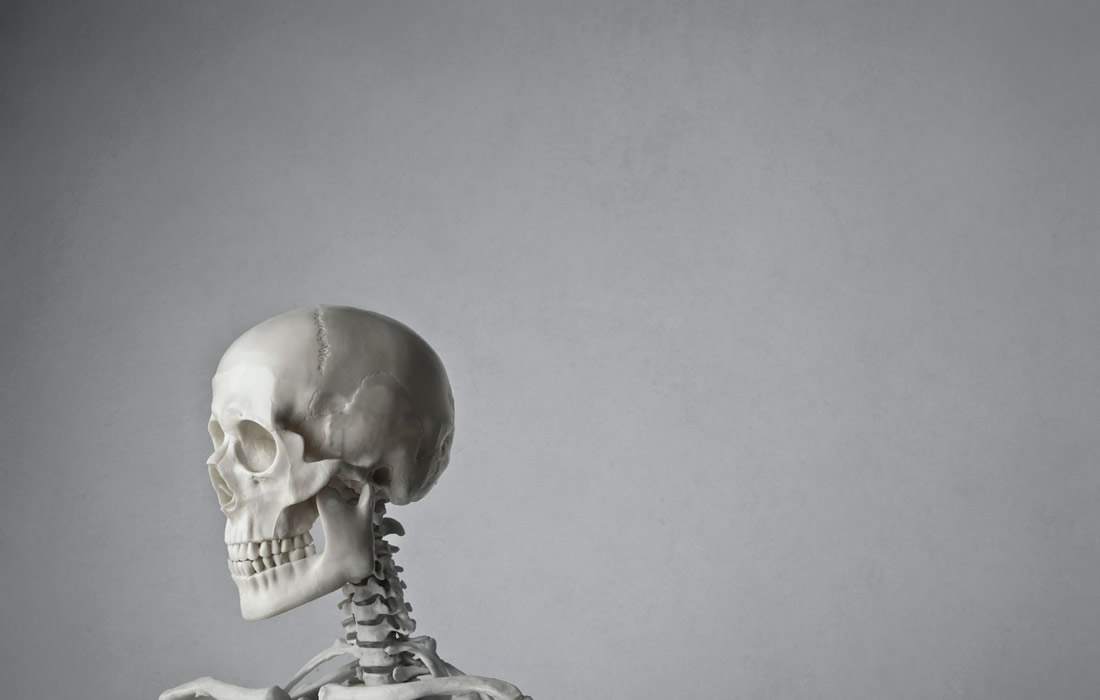Regenerative Medicine News and General Information
Genes Long Known to Control the Formation of Bones Before Birth Also Control Bone Healing Later in Life
A new study pinpointed key Hox genes, specific to each location in the body, as the controllers of stem cells involved in both forming and repairing bone. HOX proteins act like the body’s “zip code,” specifying the position of limbs in the fetus by encoding instructions for transcription factors, which attach to DNA and influence the action of genes.
Such adjustments guide immature stem cells as they multiply and mature in the womb, say the study authors.
HOX genes were shown in the study to give adult stem cells from different locations the properties needed to regenerate the particular bone in which they reside.
During aging, such stem cells become depleted,the research team demonstrated that increasing the activity of the gene that directs the building of the Hoxa10 transcription factor in the tibia, the larger of the two “shin bones,” in aging mice caused a 32.5% restoration of fracture repair capacity.
“The therapeutic promise of adult stem cells as a source of bone-making cells in healing-compromised people is massive.”said corresponding study author Philipp Leucht, MD, PhD.
The body regulates bone repair by controlling the degree to which stem cells stay immature, with the most primitive cells playing the largest role in healing due to their flexibility and ability to quickly multiply.
Hox genes are transcriptionally enriched in periosteal stem cells and their overexpression in more committed progenitors drives reprogramming to a naïve, self-renewing stem cell-like state.
Finally, in the study it demonstrates that Hoxa10 overexpression partially restores the age-related decline in fracture repair. Together, the data highlights the importance of Hox genes as key regulators of naïve periosteal stem cells identity in skeletal homeostasis and repair.
“By modifying Hox activity in these cells, we can help them regenerate bone more effectively in individuals with deficient bone-healing capacity.” says Kevin Leclerc, a post-doctoral scholar in Leucht’s lab.
Sources:
Kevin Leclerc, Lindsey H. Remark, Malissa Ramsukh, Anne Marie Josephson, Laura Palma, Paulo E. L. Parente, Margaux Sambon, Sooyeon Lee, Emma Muiños Lopez, Sophie M. Morgani, Philipp Leucht. Hox genes are critical regulators of periosteal stem cell identity. Development, 2023; DOI: 10.1242/dev.201391
NYU Langone Health / NYU Grossman School of Medicine. “Genes that form specific bones in the womb heal them later in life: Turning up stem cell signal lessened age-related loss of bone healing in mice.” ScienceDaily. ScienceDaily, 20 March 2023. <www.sciencedaily.com/releases/2023/03/230320143746.htm>.
Images from:
Photo by Andrea Piacquadio
https://www.pexels.com/photo/portrait-photo-of-a-white-skeleton-in-front-of-gray-background-3764548/

